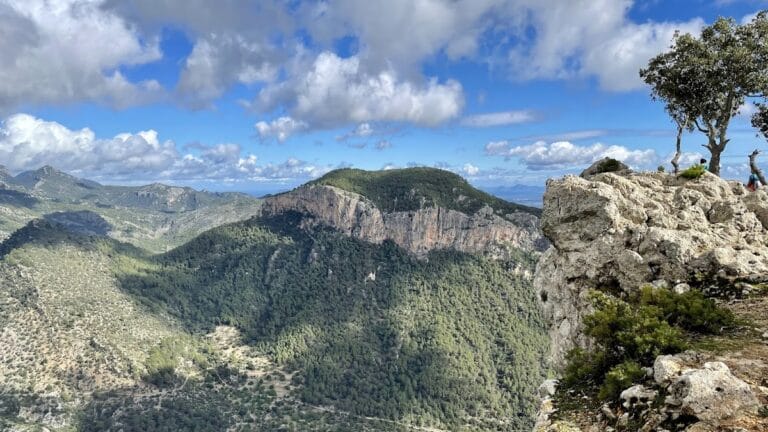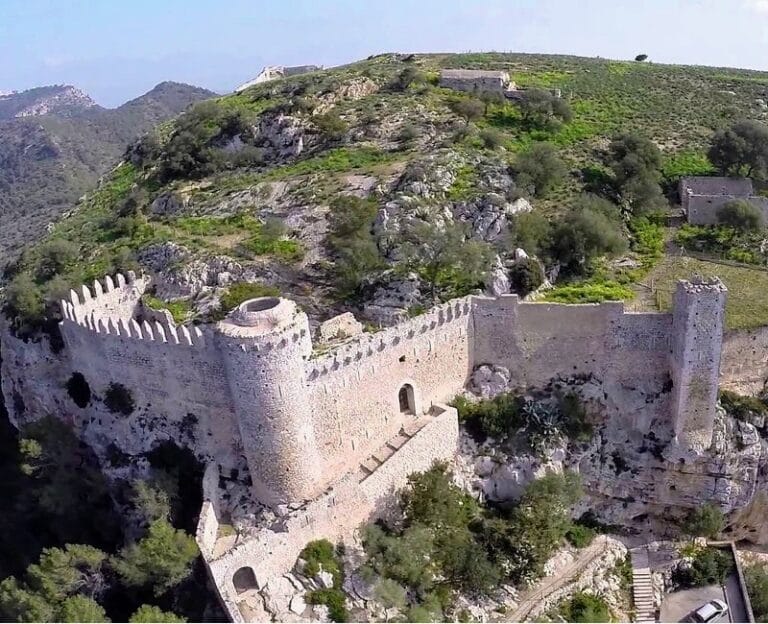La Almudaina Palace: A Historic Royal Residence in Palma de Mallorca
Visitor Information
Google Rating: 4.5
Popularity: Medium
Google Maps: View on Google Maps
Official Website: www.patrimonionacional.es
Country: Spain
Civilization: Unclassified
Remains: Military
History
The Royal Palace of La Almudaina is located in Palma de Mallorca, Spain, on a site originally settled by the Romans. Its earliest significant development took place during the Muslim period in the 12th and 13th centuries when it was established as a fortified alcázar, or fortress, serving as a key administrative center under Islamic rule.
Between 1305 and 1314, the palace underwent major reconstruction under King James II of Mallorca. This rebuilding transformed the complex into a royal residence modeled after the palace in Perpignan, reflecting the status of the Kingdom of Mallorca as an independent realm. During the 14th century, the palace functioned as the royal court for rulers such as James II, his successor Sancho I, and James III, marking a period of prosperity until the kingdom was incorporated into the Crown of Aragón in 1349.
Following the union with Aragón, the palace continued to serve royal functions. King Philip II repurposed parts of the building to house the Royal Audiencia, a high court, and the Captaincy General, the military administration for the islands. Later, during the first half of the 16th century, King Charles I of Spain commissioned the construction of the upper floor. Charles I was notably the last monarch to visit the palace before Queen Isabel II’s stay with her family in September 1860.
From the 14th century onward, La Almudaina remained a royal residence and retains its official role as a summer residence for the Spanish royal family. Today it is managed by the state agency Patrimonio Nacional and is used for formal ceremonies and official gatherings. Over time, the palace has undergone several restorations, including partial reconstruction in the early 20th century by architect Gaspar Bennazar and further renovations throughout the mid to late 20th century, ensuring the preservation of its historical structure and function.
Remains
The Royal Palace of La Almudaina is a fortified complex originally constructed as an Arab castle, situated in the heart of Palma near the sea and directly facing Palma Cathedral. Its location offers expansive views over Palma Bay, emphasizing its strategic and symbolic prominence.
Among its principal components are the King’s and Queen’s palaces, which reflect later medieval and Renaissance modifications. Central to the palace’s ceremonial life is the Gothic Hall, also known as the Gran Salón or Salón Gótico, built in the early 14th century to host official receptions and important events. The palace also encompasses the Royal Chapel of Santa Ana, dedicated to Saint Anne, underscoring its religious associations.
Archaeological remains within the palace include vestiges of the original Muslim alcázar and an Arab bathhouse known as a hammam. This bath complex is divided into cold, warm, and hot rooms and was historically used by the Muslim governor residing in the fortress. These spaces retain their division and basic layout, offering a direct link to the palace’s Islamic past.
The inner courtyard, called the Patio de Honor or Patio de Armas, serves as the main reception area for visiting royalty. It features a white marble lion statue, a symbolic element that reflects the palace’s Muslim heritage and possibly its role as a seat of authority.
Inside, the palace’s decoration on the ground floor retains a medieval character, showcasing artworks spanning from the 15th to the 20th centuries. Notably, it houses the only surviving Spanish painting by Jacob Seisenegger, a portrait of Emperor Charles V dressed in a wolf fur cape. The upper floor is furnished with objects and furniture drawn from various royal residences dating between the 17th and 19th centuries, arrangements that support the palace’s continued use in official royal functions.
A distinctive tradition at La Almudaina is the monthly ceremonial changing of the guard. This event features approximately twenty soldiers clad in uniforms modeled after those of the 1808 Palma volunteer army, carrying muskets and sabers authentic to that historical period, thus maintaining a living connection to the palace’s martial heritage.









